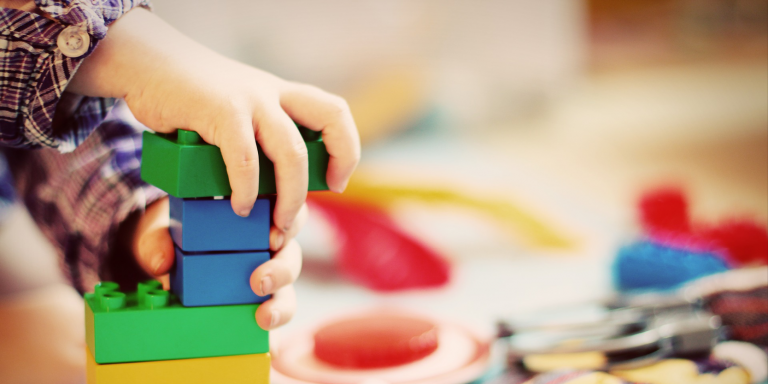
When we give a toy to a child, we think of the pleasure it will give him or her, but we rarely consider the inconveniences and dangers that this gift is likely to cause, all the more so because we believe it complies with European legislation and is recognised as being harmless for the child. However, toys are often bought online and come from outside the EU, may contain chemicals or allergens, connected objects transmit private data, allow cybercrime… To counter these threats, EU MEPs have called for tighter rules on the manufacture and sale of toys within the Union.
While the EU has established rules to ensure the safety of toys manufactured in the Member States, the same is not true for third countries and therefore toys sold in the EU can be dangerous.
The Toy Safety Directive was adopted in 2009. It sets out safety requirements (chemical, physical, mechanical, electrical, flammability, hygiene and radioactivity hazards) for toys intended for children under 14. It also established standards for manufacturers and distributors of toys sold in the EU.
In 2020, a European Commission report highlighted the shortcomings of this directive, so MEPs want to strengthen the current rules. On December 9, the European Parliament’s Internal Market and Consumer Protection Committee (IMCO) unanimously adopted a draft report with 44 votes in favour, implemented by Italian MEP Brando Benefei who states:
“Children, particularly vulnerable consumers at a delicate age, should be given the highest possible level of protection during their playtime. […] The health and safety of children is non-negotiable and should be a concern of the whole society.”
Brando Benefei tabled 8 general compromise amendments, covering all the key issues that came up during the discussion on this implementation report, such as:
- They also called for the effectiveness of the current toy safety directive to be reviewed,
- the need to protect children from dangerous chemicals,
- the challenges posed by new technologies incorporated into toys
- the need to strengthen market surveillance and to increase the involvement of online platforms are elements to ensure that only safe toys can be placed on the EU market.
Strengthening the rules and applying them to all toys sold in the EU
MEPs call on the European Commission to strengthen EU rules on the manufacture and sale of toys in the Union, with a view to ensuring that, wherever they are manufactured, all toys placed on the EU market comply with the Toy Safety Directive.
Stricter requirements for chemicals
Toys must comply with specific EU legislation on chemicals, endocrine disrupters must be banned, and the Commission must consider whether it is appropriate to ban toys only for children under 36 months when the specific limit values for these dangerous products are too high.
Better market surveillance
To ensure safe and compliant toys on the EU market, the surveillance activities of the Member States must be improved and coordinated. The competent authorities must be provided with human, financial and technical resources to improve controls: testing toys, checking manufacturers’ documentation, etc.
Connected toys
Whether they are connected or connected and intelligent games, these toys are designed with embedded technology. They can connect to the Internet directly or indirectly and can store, process, use and share information about their users and their environment. The use of these new technologies poses risks to the safety, privacy and mental health of children. MEPs call on manufacturers to incorporate security mechanisms into the design of toys (e.g. to combat cybercrime) and on the Commission to legislate on these issues.
E-commerce
Action should be taken against those responsible for placing dangerous toys on the market. Online marketplaces “should be forced to take more responsibility for ensuring the safety and compliance of toys sold on their platform” and should remove unsafe toys from sale and prevent their reappearance.
Labelling
According to the directive, the Commission will have to consider the need for provisions on the labelling of allergenic fragrances and dangerous chemicals. Durability and the possibility to repair toys will have to be considered.
Brando Benefei concludes:
“Our children deserve the highest level of protection when they play. The Toy Directive has played an important role in ensuring this, but inconsistencies, new challenges and scientific findings call for its revision. The revised Directive should be sufficiently flexible to allow for timely adaptations in the event of the emergence of new dangerous chemicals.
It should also improve enforcement mechanisms, which are currently inadequate, given the proliferation of dangerous toys sold online. We want more action on connected toys for children’s safety and privacy, which will be a major challenge in the coming years.”
Translated from L’UE veut protéger ses enfants des jouets dangereux









